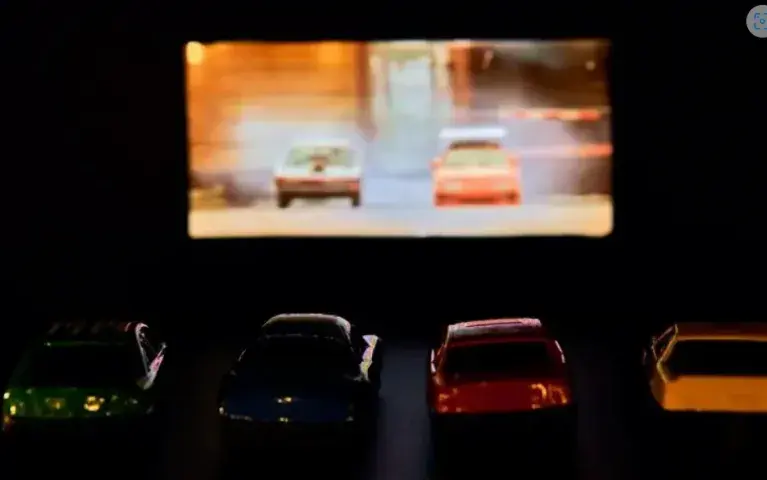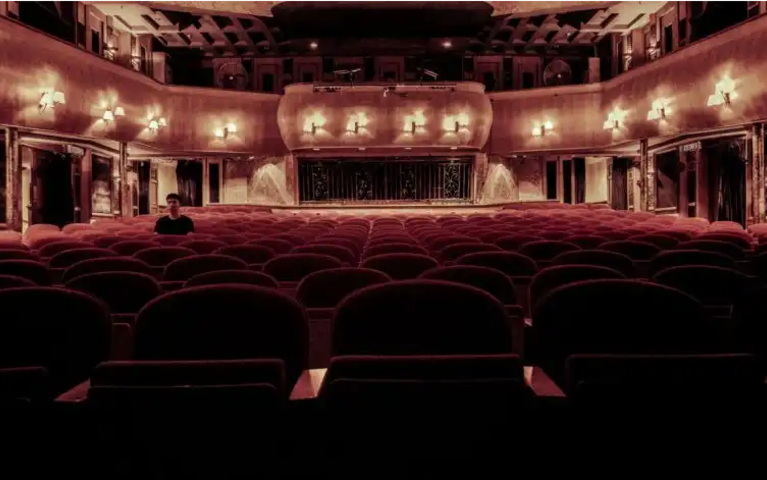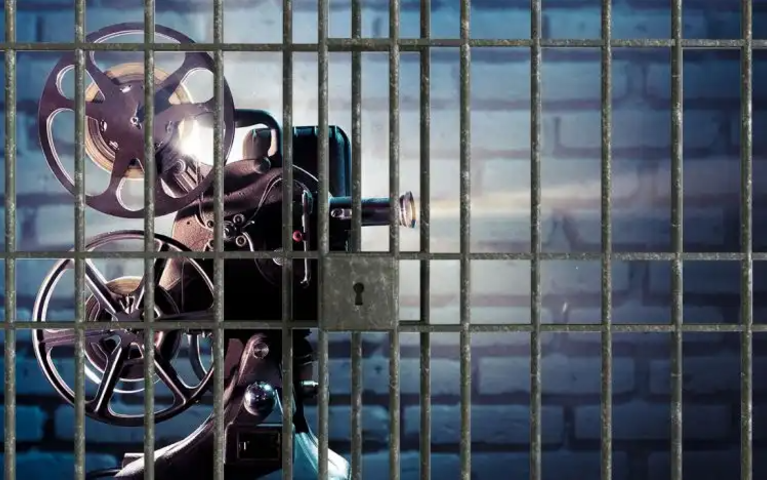Wheel-Good Cinema

The Coronavirus pandemic has not been kind to the entertainment industry. However, a sector of the film industry has been undergoing a revival, even a reincarnation if one may add: the drive-in cinema. Social distancing and a collective nostalgia for better times paved a two-lane asphalted road to a ”new” screening format, one that actually started almost 90 years before the age of COVID-19.
In 1933, a New Jersey man by the name of Richard Hollingshead was faced with the dilemma of his mother not being comfortable with the small seats of cinemas, his solution: a miniature open-air theatre where his mom could park her car and watch films comfortably. This quickly became an over encompassing solution for families, who wanted the cosy experience of watching movies from the privacy and comfort of their own vehicles.
This very successful experiment became a strong tradition in the rising American car culture; shaping the next 30 or so years, no longer did suburban families have to drive into the centre of cities to watch the latest shows, instead it was in a parking lot around the corner, and no one had to leave the car during the experience.
Although over 4,000 drive-ins opened their garage doors in the United States, the 1970s saw their decline, drive-ins only showed films during certain times of the year and were weather dependent. Furthermore, the 1973 oil crisis forced drivers to use smaller cars, and a general reduction in driving sent audiences to the regular cinemas, often in public transportation. To make up for lost revenue, drive-ins phased out the family-friendly atmosphere and switched to exploitation movies, with numerous slasher horrors and adult content, unacceptable in mainstream theatres.
Although this shifted gears further away from the American typical family-oriented pop culture of suburbia, it created a fringe following in the cinematically rebellious circles and audiences of the era. Whether it was grindhouse cinema or carsploitation flicks, the drive-ins dropped Singin’ in the Rain (1952) and embraced the car-centred films of the time period, ranging from Gone in 60 Seconds (1974), and we’re definitely not referring to the Angelina Jolie remake, to Death Race 2000 (1975), which also received a bizarre remake 30 years later, and of course the very original, very Australian, very car-themed, Mad Max (1979).
To put it bluntly, drive-in theatres are back. The wish for people to gather, despite the need for social distancing, the relics of older times and feel-good Americana as seen in Grease (1978) and Back to the Future Part III (1990) have hit the globe, from Iran and UAE to the Tribeca Film Festival in New York City, and audiences are trading in their small screens for massive experiences.
The drive-in theatre is a magical place where nostalgic movie magic remains intact, an ode to classical Hollywood and it is unlike any film experience, and these unfortunate times have made it more available for an entirely new generation. Although we do miss the dark theatres, bundling up inside one’s car or parking your SUV in reverse and camping in the trunk is a welcomed change. No longer does the viewer have to sit in unison with hundreds of strangers, where whispers and comments are strongly discouraged, but friends and family, in an intimate and talkative setting are now there.
Perhaps the lack of social distance in this experimental stage of cinema revivalism is one of the best aspects to bring back cinemas in a time of isolation, flattening curves and pandemics. Try screaming at the screen in your local cinema and the ushers will be escorting you out in record time. In a drive-in, you roll up your windows and you can comfortably be the most obnoxious attendee in a mile radius, no questions asked, guaranteed. Your friends or partner cannot physically stop laughing and you normally get looks? Roll up the windows, and they are not worse than the average mosquito, and my personal favourite, no one will pull up their phones to “check the time” blinding three rows of viewers behind them.
Up until 23 August 2020, Jordan has never gone into first gear of drive-ins, and despite the rising car culture of Amman, the idea remained unreachable until the efforts of the Amman International Film Festival (AIFF) team. Indeed, these bizarre and socially isolated times have led many to look back in order to move forward, but this Festival is bound to alter the way we view movies, the way we consume cinema and adds another experience that the city has been longing for.
*Rick Hindi is the Assistant Festival Director of the Amman International Film Festival (AIFF); he has a passion for films, international relations, linguistics and anthropology.















